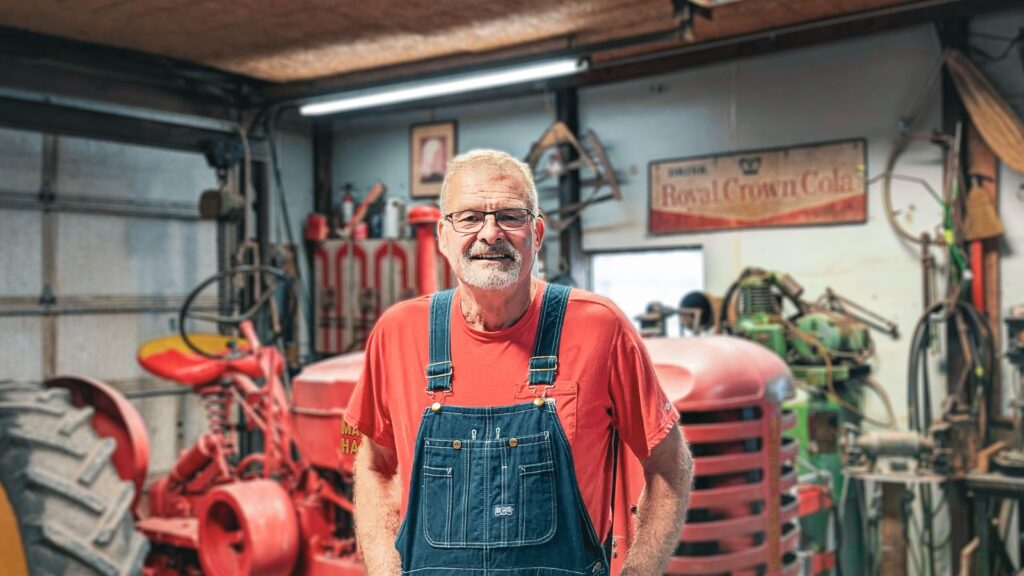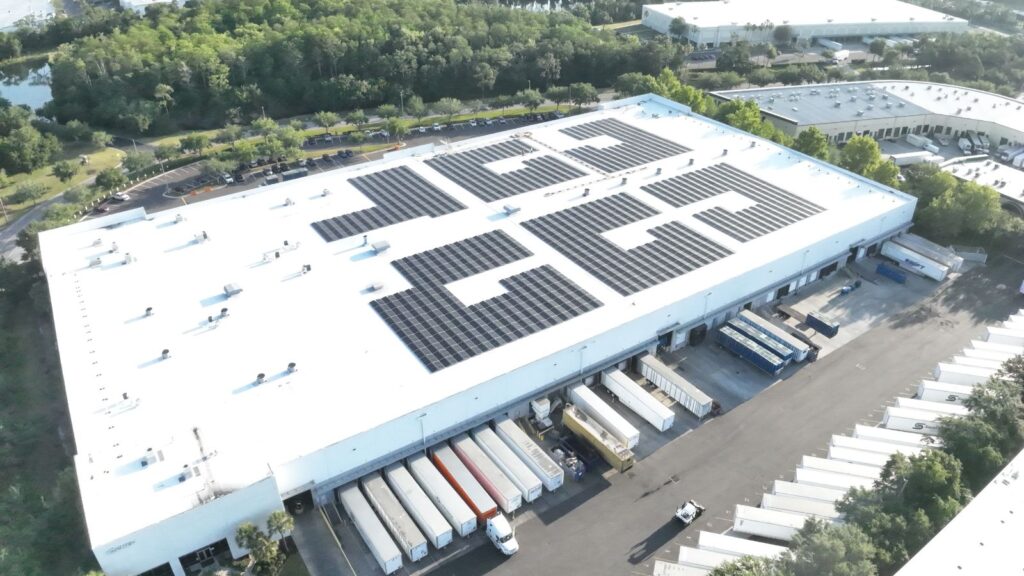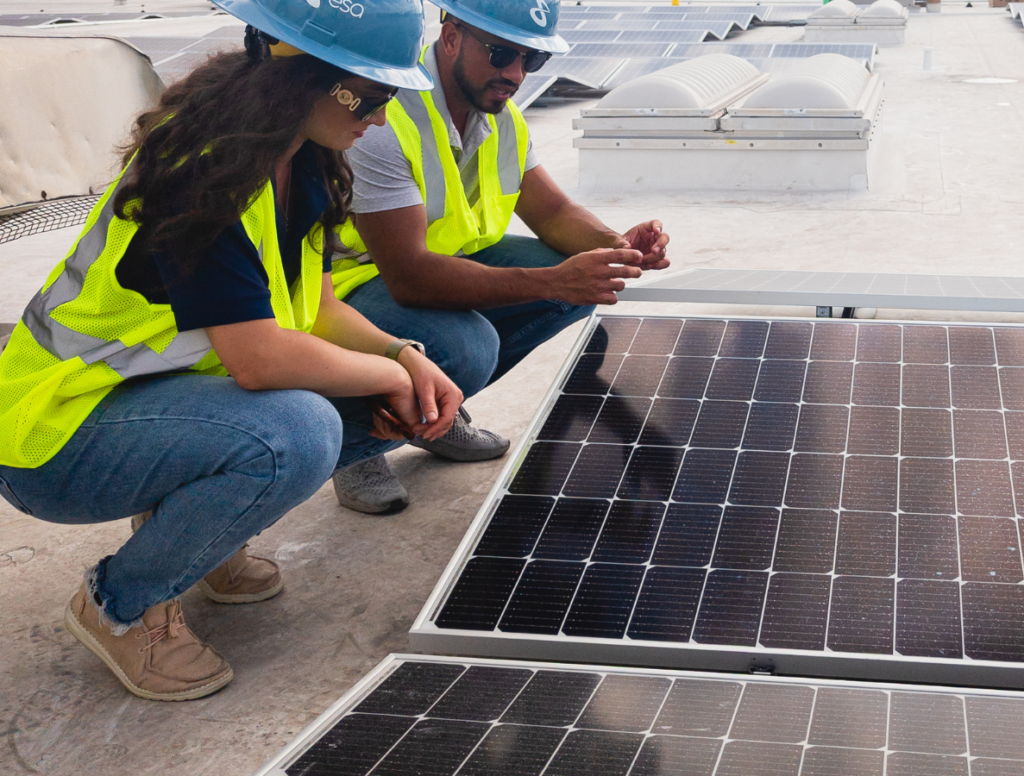Navigating the Virginia Solar Landscape: Reflections from the Summit Stage

Virginia solar permitting continues to be one of the most critical challenges facing our industry today. The Virginia Solar Summit is an annual touchstone for our industry stakeholders in the region, bringing together a diverse array of partners to discuss the opportunities and challenges shaping the Commonwealth’s energy future. This year, I found myself moderating […]
Solar Farming in Michigan: A Fifth-Generation Farmer’s Journey to Preserve Agricultural Land

Solar farming in Michigan offers a unique solution for preserving agricultural heritage. Meet John Tuckerman, whose family has farmed the same land in Lenawee County, Michigan for seven generations. His story illuminates the complex decisions facing today’s farmers as they balance tradition, progress, and the preservation of agricultural land through innovative solar farming approaches. Rooted […]
From Strategy to Action: A Practical Guide for Sustainability Leaders Ready to Make Progress

We talk to a lot of people in your shoes—sustainability champions working inside complex organizations. You’ve gathered the data, maybe even brought on a consultant, and published your first report. But now you’re staring at a stack of ideas with no clear next step towards real sustainability implementation. Sound familiar? If you’re stuck between good […]
Solar as Financial Security: How a Virginia Farmer is Securing His Future

The Need for Financial Security in Farming Solar energy offers critical financial security to farmers, providing stability amidst the uncertain conditions inherent to agriculture. Scott, a seasoned farmer from Halifax County, Virginia, is leveraging solar energy as a key strategy for financial stability, protecting his family’s legacy and securing their future. Navigating Agricultural Uncertainty Agriculture […]
Net Zero and Decarbonization Explained

To effectively combat global warming, achieving net zero greenhouse gas emissions is essential, the path is filled with complexities and challenges. The term “net zero” refers to balancing the amount of emitted greenhouse gases with the amount removed from the atmosphere, essentially reducing the net emissions to zero. This balance is crucial in halting the increase of global temperatures, a necessary step to reduce the worst impacts of climate change.
Leading the Way: Top 6 Companies Investing in Solar Energy for a Sustainable Future

Introduction: In the fight against climate change, solar energy has emerged as a key player in reducing greenhouse gas emissions and creating a sustainable future. As businesses strive to adopt renewable energy practices, certain companies have taken the lead in investing and embracing solar energy. By showcasing their efforts, we hope to inspire other organizations […]
Powering the Future: EV Chargers and Solar Energy for Sustainable Business Growth

By 2050, 75% of cars on U.S. roads are expected to be electric vehicles (EVs), according to Forbes. The shift towards EVs is gaining momentum as awareness of climate change and the environmental drawbacks of gasoline vehicles grows. People are turning to EVs as a greener alternative, aiming to lower carbon emissions and combat pollution. […]
Navigating Rooftop, Ground-Mounted, and Carport Options for Business

In solar design, almost every challenge a business or facility owner faces can find a solution. If installing solar panels on the roof isn’t preferred, a solar carport can be an alternative. In cases where using the parking lot for solar is not desirable, installing solar panels on the roof is another option. For roofs […]
How healthcare institutions are leveraging the IRA to advance budgets

In the race against climate change, the Inflation Reduction Act is a game-changer for healthcare institutions. The Inflation Reduction Act (IRA) stands as a landmark opportunity for healthcare organizations seeking financial leverage and environmental leadership. This legislation incentivizes emission reductions through tax credits and direct payments, opening doors for healthcare institutions to produce clean renewable […]
10 Things to Know About Commercial Solar

Every business owner has basic questions about why they should invest in commercial solar energy. Here are some of the most common commercial solar faqs. What are Solar Photovoltaic Cells and how do they work? The word photovoltaic comes from the Greek words: photo,’phos,’ meaning light, and ‘volt’, which refers to electricity. Photovoltaic (PV) means […]

